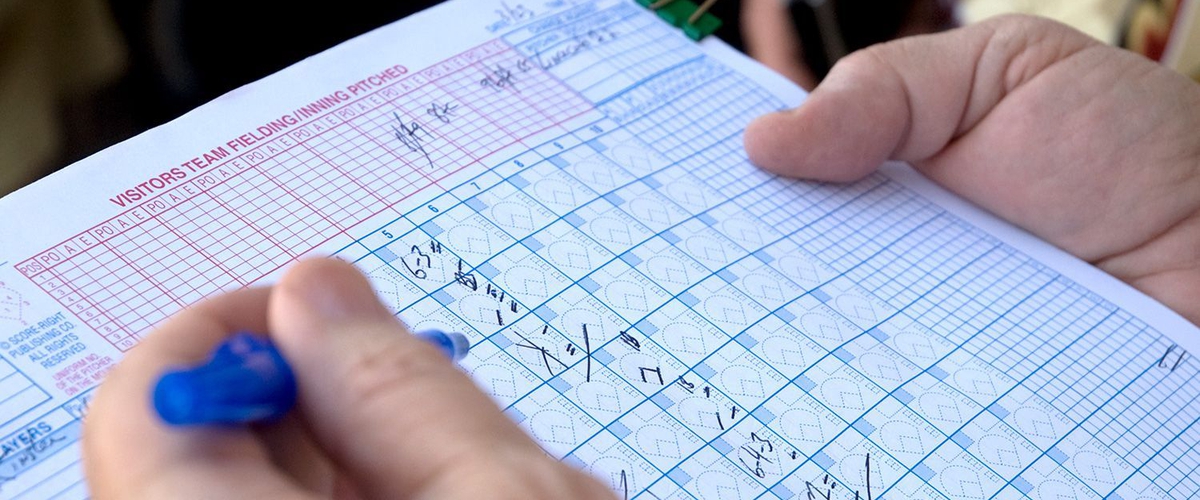When do stats matter in baseball?

Every year, like tradition, April comes around and MLB teams finish their first couple of series of the season and fans look at player’s statistics and overreact.
With the growth of fantasy sports, this occurrence has grown even larger. Someone will look at a hitter, who after a few games is batting .500, and pick that player up hoping it’s the next breakout star. Similar things happen, but on the other end of the spectrum, of players being dropped due to a poor start of the season.
So when is it okay to look at certain stats and make assumptions?
Well it’s certainly not now. Most teams are seven or eight games into the season. That is a very small sample size at around 95-percent of the season remaining. Just look at some of the statistics today. There are currently 11 players batting over .400 on the season and countless pitchers with a 0.00 ERA.
Obviously, as the season progresses, statistics such as batting average and ERA will be much more likely to be similar to the end of the season. Each statistic is different in how long it takes.
Luckily, mathematical research on this topic has already been conducted. Russell Carleton of Baseball Prospectus had the same question and took data from many seasons to see when certain statistics start to normalize. You can see the full list of statistics .
Here are some of baseball’s popular statistics and how long it takes to normalize.
Hitters:
Batting Average: 910 AB’s
On Base Percentage: 460 PA
Home Run Rate: 170 PA
Strikeout Rate: 60 PA
Pitchers:
Opposing Average: 630 Batters faced
Strikeout Rate: 70 Batters faced
Home Run Rate: 1320 Batters faced
Now let's put that into a way more easily understood. The amount of at bats and plate appearances a player varies by batting order, but typically a MLB batter will have about 600 at bats and 700 plate appearances per 162 games. For starting pitchers, the average amount of batters faced is around 900 batters faced for a full season.
There are some interesting things that pop out right away. For one, statistics like batting average and home run rate do not normalize in the course of a single season. Carleton found that even season to season statistics like batting average don’t normalize until almost a season and a third.
This is quite important while judging rookies and players without many MLB at bats. Theoretically, if a rookie hits .260 his rookie year, but does not develop further, that rookie would need to have around 300 more at bats before you know what type of player you have. On the other hand, statistics like strikeout rate for both hitters and pitchers normalize at around 20 games for hitters and three starts for pitchers.
The moral of the story is it can vastly differ how long it takes for statistics to matter and some can take more than an entire season.






